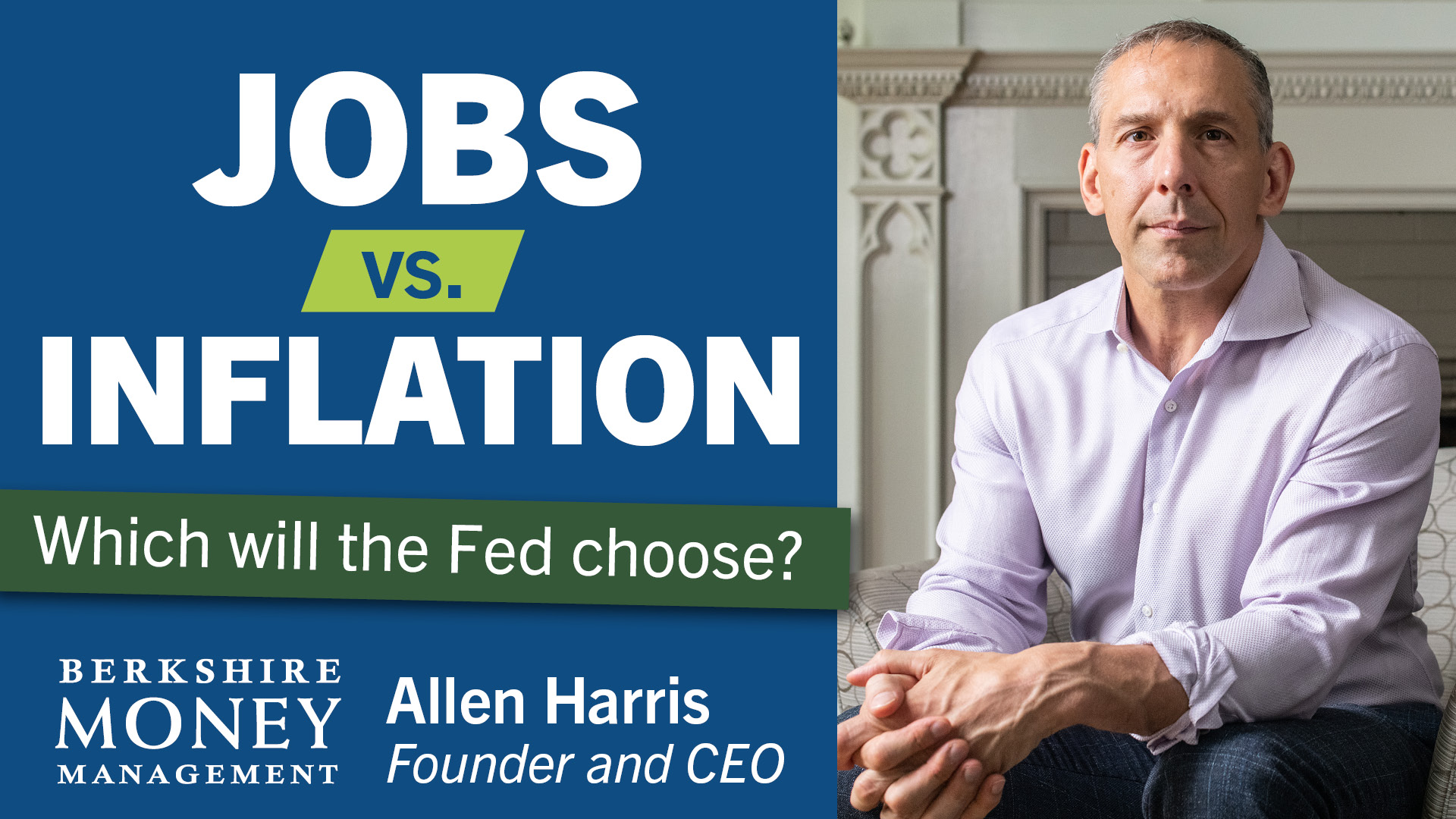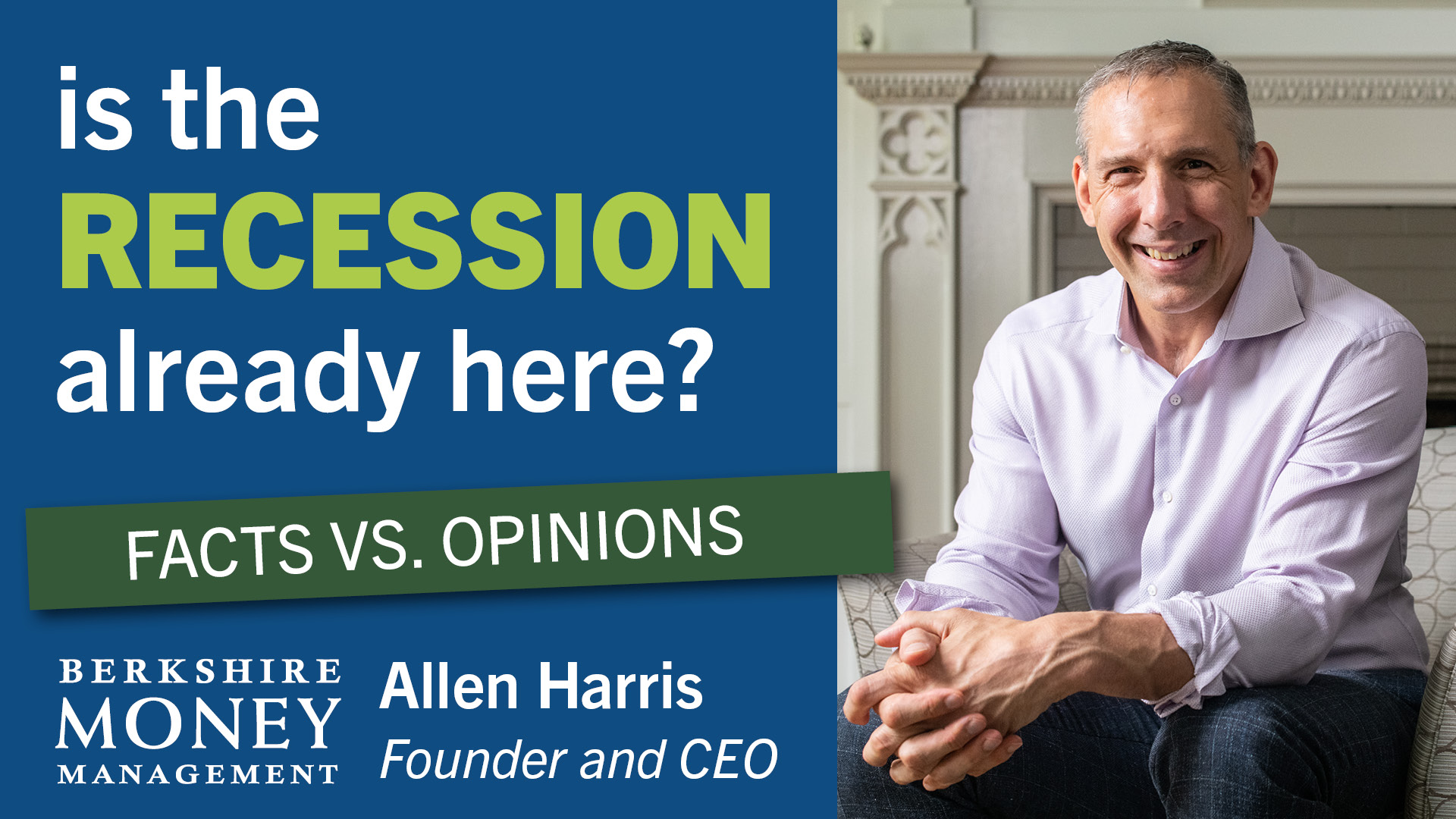Are you ready for $50 hamburgers?


Fifty dollars may be an exaggeration, unless you frequent some high-priced restaurants in Manhattan. But consumers should be prepared. Beef prices, for the foreseeable future, will continue to climb.
Some cuts of meat are already up 25% from where they were six months ago. As the cook in the house, I usually buy a prime rib roast for New Year’s dinner, but not this year. The cost for said morsel doubled in price since last year. I bought Australian lamb instead, which was much more reasonable, but just not the same.
I assumed that the price of beef, like almost every other food product, was going up due to supply shortages caused by the pandemic. I knew that as the number of COVID cases climbed and businesses started to shut down, there was a run on everything from toilet paper to steaks.
In my neighborhood (back at the start of the pandemic), consumers flocked to the wholesale stores and supermarkets to buy what meat they could and stock up their freezers. At one point, rationing became a commonplace tool in controlling the consumption of beef, pork, and chicken in a tight market.
One of the major bottlenecks was in the slaughtering and processing part of the business. More than 59,000 meatpacking workers were infected by coronavirus and 250 lost their lives, according to a government investigation. Since then, turnover has been high in this labor-tight market, where low wages and poor working conditions are prevalent. All of these issues have contributed to higher costs.
Climate change has also become a bigger factor in the production of beef. Drought, now a constant companion to ranchers and farmers, last year squeezed supplies of feed for cattle in the Northern Plains. It was so bad that some ranchers were forced to sell even breeding stock to slaughterhouses. This reduced the overall herd of beef by 2%, according to the Department of Agriculture.
Now, the southern part of the Plains is experiencing a deepening drought. It is here that most of the cattle in the U.S. is raised. That is expected to reduce the cattle stock even further, marking three straight years of declines and the smallest herd since 2016.
You might think that America’s ranchers and farmers are in “hog heaven” as a result of these skyrocketing prices for beef at the supermarket, but you would be mistaken. Cattle ranchers receive about 37 cents on every dollar spent on beef, according to federal data.
As input costs for everything from gasoline to livestock feed keep rising, the ranchers’ portion of profits drop even further. The sad fact is that drought is forcing more and more ranchers to reduce their herds, which has caused a glut of product at the slaughterhouses. That, in turn, causes the price the processors are willing to pay to plummet. But those price declines never show up at the grocery store. Why?
It can be summed up in four names—Tyson Foods, Cargill, the National Beef Packing Company, and JBS—together, these conglomerates now dominate the meatpacking industry with an 85% market share. Over several decades, through mergers and acquisitions and a lax attitude toward competition by regulators, the meat packing industry became an oligopoly. Once that was accomplished, these four remaining companies, in the name of efficiency, cut their capacity to process beef, closing slaughterhouses and processing plants across the nation.
As a result, profit margins improved. Company stock prices improved, but ranchers and farmers were increasingly forced to accept whatever prices the processors were willing to pay for their product. Over time, this oligopoly was able to first influence prices and then dictate what they were willing to pay ranchers for their herds. It worked. The four meat packing companies identified above, for example, saw their profit margins jump 300% last year.
So, you might ask, who is making money from these steadily climbing meat prices? The government is asking the same question. Last month, the Federal Trade Commission opened an inquiry into how anticompetitive practices by major companies have contributed to supply chain problems.
As for the meatpackers, Senior White House economists, Brian Deese, Sameera Fazili, and Bharat Ramamurti, in a blog post in December 2021, explained it this way:
“Here is the bottom line: the meat price increases we are seeing are not just the natural consequences of supply and demand in a free market—they are also the result of corporate decisions to take advantage of their market power in an uncompetitive market, to the detriment of consumers, farmers, and ranchers, and our economy.”
Bill Schmick is registered as an investment advisor representative of Onota Partners, Inc., in the Berkshires. Bill’s forecasts and opinions are purely his own and do not necessarily represent the views of Onota Partners, Inc. (OPI). None of his commentary is or should be considered investment advice. Anyone seeking individualized investment advice should contact a qualified investment adviser. None of the information presented in this article is intended to be and should not be construed as an endorsement of OPI, Inc. or a solicitation to become a client of OPI.
Any mention of specific securities or investments is for illustrative purposes only. Adviser’s clients may or may not hold the securities discussed in their portfolios. Adviser makes no representations that any of the securities discussed have been or will be profitable.
The reader should not assume that any strategies, or specific investments discussed are employed, bought, sold or held by OPI.
Direct your inquiries to Bill at 1-413-347-2401 or e-mail him at [email protected].






